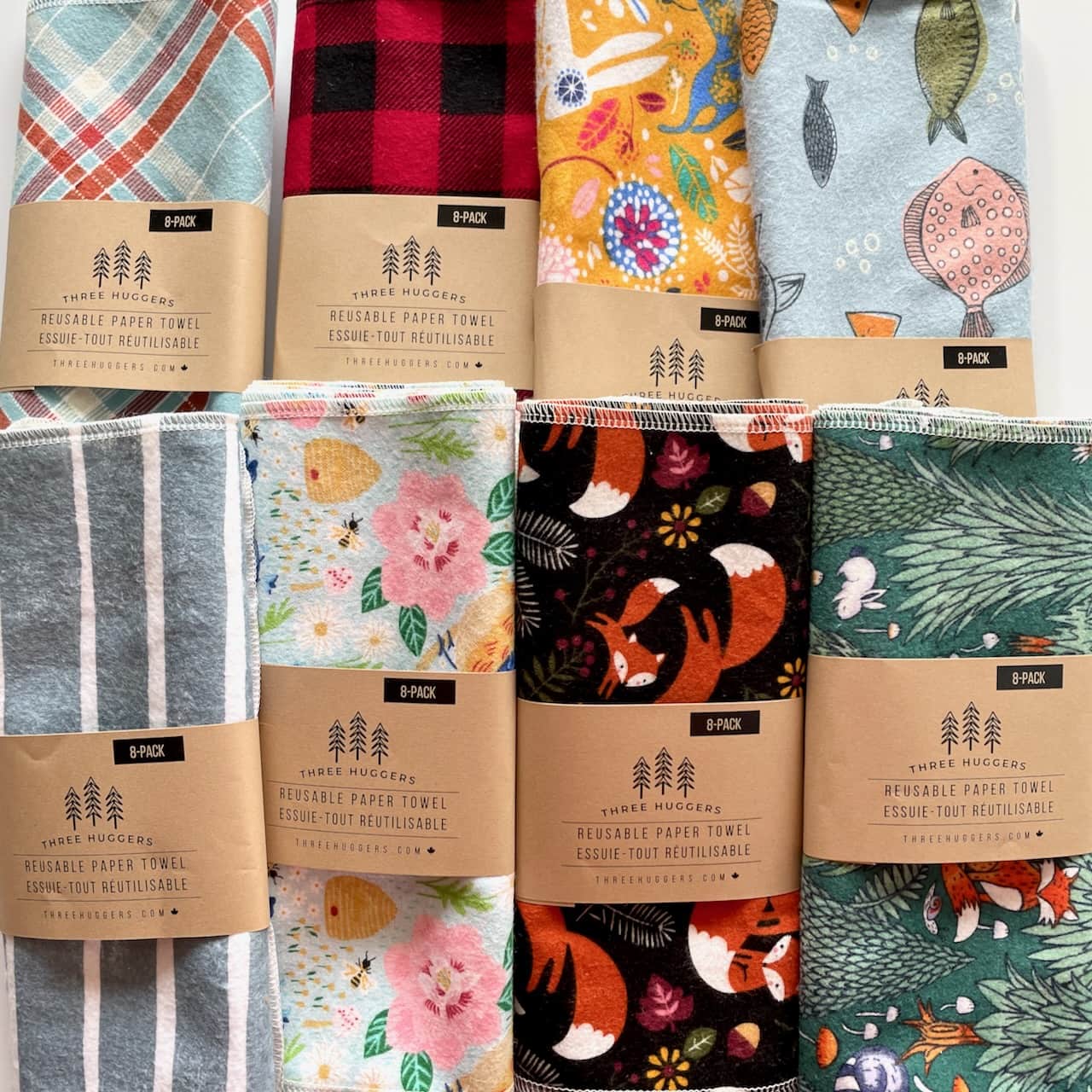Did you know less than 10% of the plastic used around the world is recycled?
In the US, only 5% - 6% of plastics are recycled in 2021. In fact, the plastic recycling rates in the US has never exceeded 10%. Around 85% of plastics end up in landfills, and the remaining 10% are incinerated. Generation of plastic waste per person in the US has increased by 263% since 1980, from 60 pounds a person to 218 pounds a person.
We need to STOP pretending that plastics recycling is a viable solution to plastic waste and pollution.
These “chasing arrows” icon don't mean anything
don't mean anything
Many people believe this instantly recognizable triangle icon indicates that an item is recyclable, or that it is made from recycled materials. The Möbius-strip inspired design is now in the public domain, anyone can use it for any purpose, and there is no oversight for how the icon should be used nor is there any guarantee that any packages with this icon printed on are recyclable.
At the bottom of most plastic containers you can find a small number range from 1 to 7 inside these symbols. They represent different type of plastics.
Number 1 - PETE - Poly(ethylene terephthalate): Soda bottles, water bottles, cooking oil bottles, and medicine containers.
Number 2 - HDPE - High-density Polyethylene: Containers for: laundry/dish detergent, milk, shampoo, conditioner, also various toys, and grocery bags.
Number 3 - PVC - Poly(vinyl chloride): Pipes, shower curtains, clear medical tubing, vinyl dashboards and seat covers.
Number 4 - LDPE - Low-density Polyethylene: Wrapping films, grocery bags, and sandwich bags.
Number 5 - PP - Polypropylene: Tupperware, yogurt tubs, (orange) medicine containers, and plastic caps of soda bottles.
Number 6 - PS - Polystyrene: Plastic cups, disposable cutlery and cups (clear and colored), coffee cups, packing peanuts, Styrofoam insulation.
Number 7 - OTHER: They are made of any combination of 1-6 or another, less commonly used plastic.
The hard truth about recycling plastics
Hard plastics with the numbers 1 and 2, have the most consistent recycling markets. Hard plastics with the numbers 1 and 2, such as soda, shampoo, and laundry detergent bottles, have the most consistent recycling markets. Numbers three through seven include a lot of the soft plastics, these theoretically can be recycled but very rarely. It is best to check with your individual local recyclers to see which plastics they will accept in the recycling programme.
Also a dirty container filled with food or its old content could leak and contaminate an entire batch of perfectly good recyclables, rendering everything junk. It is advisable to clean these first before putting it in the recycling pile.
Lastly and most importantly, plastic can’t be recycled forever! Plastic degrades in quality when it is recycled, and while it is hard to know precisely how many times one can be recycled before it becomes unusable, experts estimate may only be once or twice before it is landfilled or incinerated.
There are proven solutions to help reduce plastic use:
-
Ban on single-use plastics should be expanded across the world. These items are made of low-value material that makes them widely available but economically impractical to collect and recycle.
-
Water refill stations should be installed in every airport, train station, bus station, public building, and public space.
-
Roll out reusable container programs to incentivize customers for using reusable containers or cups
At Aiteall, we stock a range of household eco products that are plastic free swaps for your home. Browse the collections here:
Sources:
- The Real Truth About the U.S. Plastic Recycling Rate: 2021 U.S. Facts and Figures - May 4, 2022
- https://sites.google.com/site/rlmrecycling/home/what-do-the-recycling-numbers-mean
- https://www.theguardian.com/environment/2019/jun/17/recycling-plastic-wrong-guide


